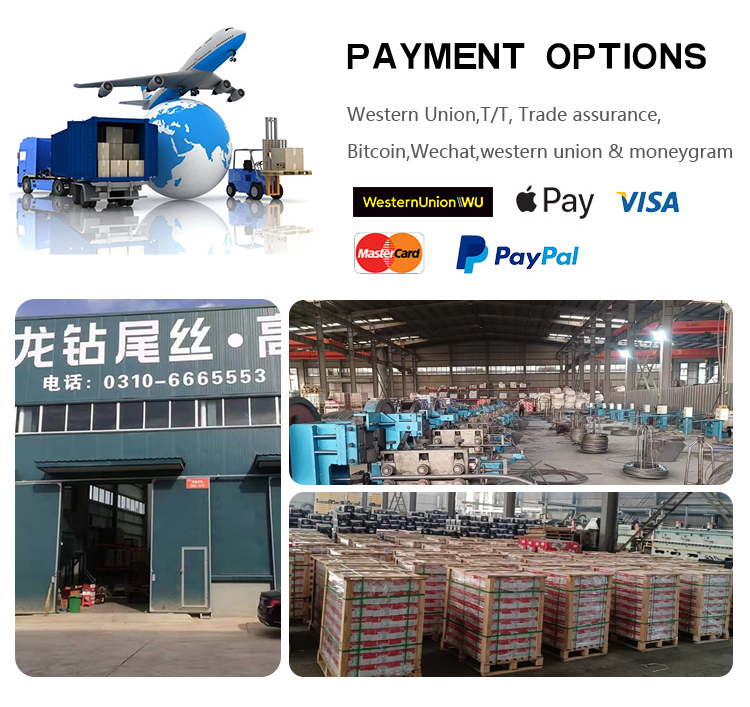spring washer vs flat washer
Spring Washer vs. Flat Washer Understanding Their Differences and Applications
When it comes to fastening solutions in mechanical engineering and construction, washers are essential components that play a crucial role in providing stability and support. Two common types of washers are spring washers and flat washers, each with its unique design, functionality, and applications. Understanding the differences between these two types of washers can help engineers and manufacturers choose the right component for their specific needs.
What is a Flat Washer?
A flat washer is a simple, disk-shaped piece of metal, plastic, or other material that features a central hole. Its primary function is to distribute the load of a threaded fastener, such as a bolt or nut, over a larger surface area. This distribution helps prevent damage to the surface of the material being fastened, reducing the risk of cracking or deformation. Flat washers can also serve to reduce friction and wear between components, provide insulation, and protect against corrosion and contamination.
Flat washers are typically available in various sizes and thicknesses, making them adaptable to different fastening tasks. They are mostly used in applications where load distribution is critical, such as in machinery, automotive parts, and construction projects.
What is a Spring Washer?
In contrast, a spring washer is a type of washer specifically designed to provide a spring action. Commonly known as a spring lock washer, this component is generally made of steel and has a curved or helical shape. The primary purpose of a spring washer is to maintain tension on a bolt or nut, preventing it from loosening due to vibrations or thermal expansion and contraction.
The unique design of spring washers allows them to exert constant pressure on the assembled components, enhancing stability and reliability. They are commonly used in applications where vibration and movement can cause fasteners to become loose, such as in automotive engines, machinery, and high-stress environments where safety is a concern.
spring washer vs flat washer

Key Differences Between Spring Washers and Flat Washers
1. Functionality The most significant difference lies in their functionality. Flat washers primarily distribute load across a surface, while spring washers are designed to maintain tension and prevent loosening.
2. Design Flat washers have a flat surface with a central hole, which allows them to sit flush against the surface of the material. Spring washers, however, have a curved or helical shape, allowing them to provide a spring action and maintain pressure.
3. Applications While both types of washers are used in fastening applications, they serve different purposes. Flat washers are prevalent in general construction and assembly tasks, whereas spring washers are essential in applications where vibration and movement may lead to failure of the fastened joint.
4. Material and Flexibility Flat washers can be made from various materials, including metal and plastic, and can be relatively rigid. Spring washers are typically made of spring steel, allowing them to flex and return to their original shape, thereby retaining tension.
5. Installation The installation process for both types of washers is relatively straightforward; however, ensuring that a spring washer is positioned correctly to exert its spring action is crucial for its effectiveness.
Conclusion
In summary, both spring washers and flat washers are indispensable components in various engineering and construction applications. Understanding their differences can help in selecting the right type of washer for specific tasks. Flat washers provide load distribution, while spring washers focus on maintaining tension and preventing loosening. By choosing the appropriate washer for your application, you can enhance the overall reliability and longevity of your mechanical assemblies, ensuring safe and efficient operation in the long term.
-
Top Choices for Plasterboard FixingNewsDec.26,2024
-
The Versatility of Specialty WashersNewsDec.26,2024
-
Secure Your ProjectsNewsDec.26,2024
-
Essential Screws for Chipboard Flooring ProjectsNewsDec.26,2024
-
Choosing the Right Drywall ScrewsNewsDec.26,2024
-
Black Phosphate Screws for Superior PerformanceNewsDec.26,2024
-
The Versatile Choice of Nylon Flat Washers for Your NeedsNewsDec.18,2024










